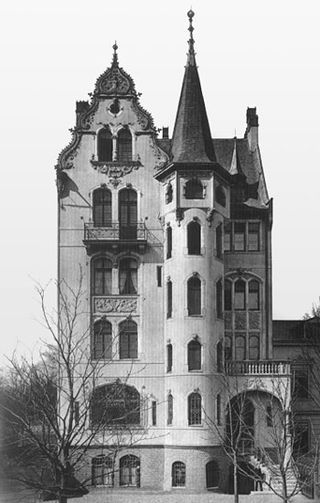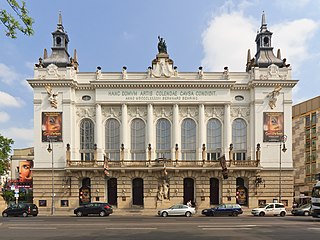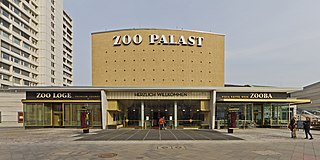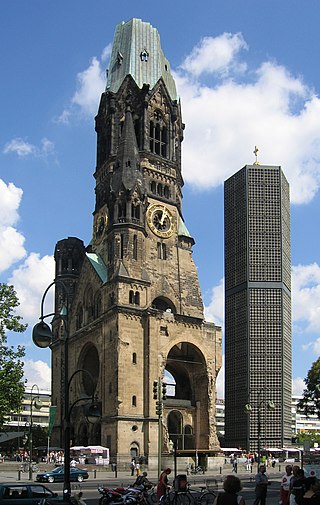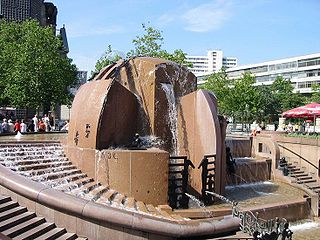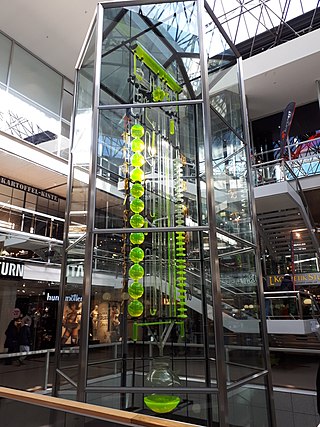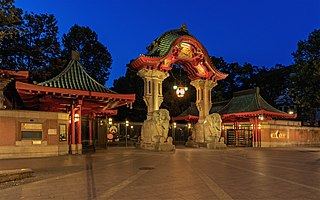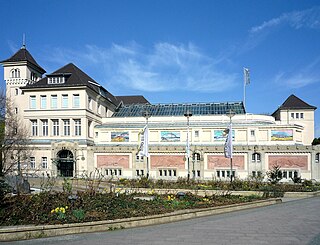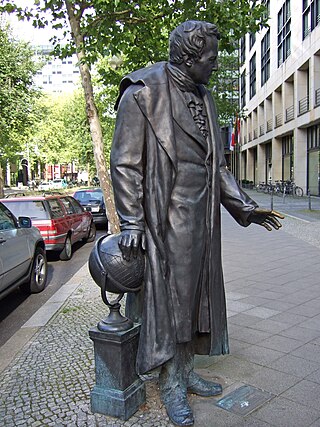Self-guided Sightseeing Tour #17 in Berlin, Germany
Legend
Guided Free Walking Tours
Book free guided walking tours in Berlin.
Guided Sightseeing Tours
Book guided sightseeing tours and activities in Berlin.
Tour Facts
4.4 km
101 m
Experience Berlin in Germany in a whole new way with our free self-guided sightseeing tour. This site not only offers you practical information and insider tips, but also a rich variety of activities and sights you shouldn't miss. Whether you love art and culture, want to explore historical sites or simply want to experience the vibrant atmosphere of a lively city - you'll find everything you need for your personal adventure here.
Activities in BerlinIndividual Sights in BerlinSight 1: Villa Grisebach
The Villa Grisebach is a city villa built in 1891/1892 by the architect Hans Grisebach for himself as a studio and residence in Fasanenstraße in the Berlin district of Charlottenburg. It is part of the so-called conservatory ensemble, which has been a listed building since 1981 and which also includes the neighbouring Literaturhaus Berlin, and today houses the Villa Grisebach auction house.
Sight 2: Stage Theater des Westens
The Theater des Westens is one of the most famous theatres for musicals and operettas in Berlin, Germany, located at Kantstraße 10–12 in Charlottenburg. It was founded in 1895 for plays. The present house was opened in 1896 and dedicated to opera and operetta. Enrico Caruso made his debut in Berlin here, and the Ballets Russes appeared with Anna Pavlova. In the 1930s it was run as the Volkstheater Berlin. After World War II it served as the temporary opera house of Berlin, the Städtische Oper. In 1961 it became the first theatre in Germany to show musicals. Since then it has become the "German equivalent of Broadway extravaganzas", putting on plays and musical comedies.
Sight 3: Zoo Palast
The Zoo Palast is a cinema in the western center of Berlin in the district of Charlottenburg. The cinema in Hardenbergstraße currently belongs to Premium Entertainment GmbH. The business was rebuilt and reopened on 27 November 2013.
Sight 4: Bikini Berlin
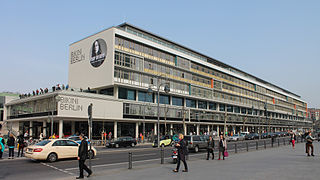
The Bikini House is a listed building on Budapester Straße in City West in the Berlin district of Charlottenburg. The Bikini House is part of a building ensemble that today bears the name Bikini Berlin, historically the complex was called Zentrum am Zoo. These also included the high-rise building on Hardenbergplatz, the Zoo Palast, the Small High-Rise and the parking garage at the Zoo.
Sight 5: New Kaiser Wilhelm Memorial Church
The Kaiser Wilhelm Memorial Church, mostly just known as the Memorial Church is a Protestant church affiliated with the Evangelical Church in Berlin, Brandenburg and Silesian Upper Lusatia, a regional body of the Protestant Church in Germany. It is located in Berlin on the Kurfürstendamm in the centre of the Breitscheidplatz.
Sight 6: Weltkugelbrunnen
The Weltkugelbrunnen is a water feature in front of the Europa-Center in Breitscheidplatz, Berlin.
Sight 7: Europa-Center
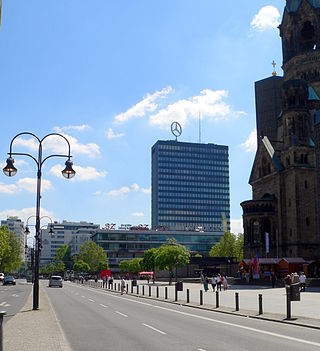
The Europa-Center is a building complex on Breitscheidplatz in the Charlottenburg district of Berlin, with a shopping mall and a high-rise tower 86 metres (282 ft) tall. Built between 1963 and 1965, by 2003 it had been designated as a historically preserved building.
Sight 8: The Flow-of-Time Clock
The Clock of Flowing Time is a 13 metres (43 ft) high water clock extending over three floors in the Berlin Europa-Center. The clock was designed by the French artist Bernard Gitton and set up in 1982.
Sight 9: Berlin Zoological Garden
The Berlin Zoological Garden is the oldest surviving and best-known zoo in Germany. Opened in 1844, it covers 35 hectares and is located in Berlin's Tiergarten. With about 1,380 different species and over 20,200 animals, the zoo presents one of the most comprehensive collections of species in the world.
Sight 10: Aquarium Berlin
The Aquarium Berlin in Berlin is one of Germany's largest aquariums. The aquarium was built in 1913 as part of the Berlin Zoological Garden complex. Since its opening, the Zoo-Aquarium has been ranked among the public aquariums with the world's greatest biodiversity.
Sight 11: Alexander von Humboldt
The Alexander von Humboldt statue in Tiergarten, Berlin, Germany, was unveiled on 31 August 1999. It is a larger-than-life bronze statue of the scientist, explorer, and naturalist Alexander von Humboldt, who stands with his right hand resting on a globe, on top of South America. It is in front of the entrance to the German Institute for Standardization (DIN), located in the Alexander-von-Humboldt-Haus building at 31 Budapester Straße.
Sight 12: Lützowplatz
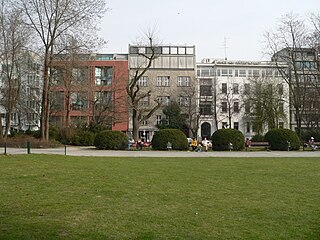
Lützowplatz is a public, inner-city area with relatively high traffic in Berlin's Tiergarten district of Mitte.
Share
How likely are you to recommend us?
Disclaimer Please be aware of your surroundings and do not enter private property. We are not liable for any damages that occur during the tours.
GPX-Download For navigation apps and GPS devices you can download the tour as a GPX file.
